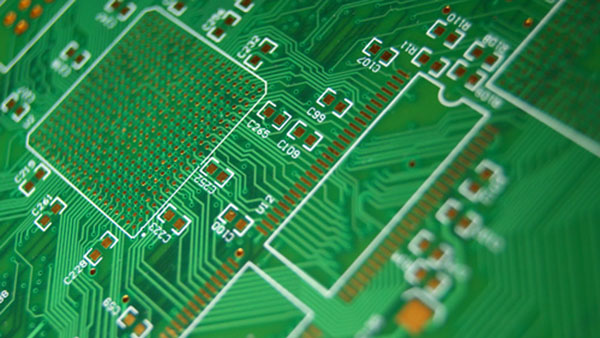What is the Difference Between Lead Free HASL and HASL?
With the continuous development of the electronics industry, the technical level of PCB is also rising. Common surface treatment technology include HASL(Lead Free HASL and HASL), immersion gold, gold plating, OSP, etc. HASL is to coat a layer of tin-lead alloy on the copper surface to prevent the copper surface from being oxidized, and then provide a good soldering base for subsequent assembly. Do you know the difference between lead free HASL and HASL?

1. Lead-free HASL belongs to environmentally protection process and does not contain harmful substances "lead"; HASL is not an environmentally protection process and contains harmful substance "lead", which is harmful to human body for long-term use.
2. The lead content of lead free HASL shall not exceed 0.5, but the lead content of HASL shall reach 37.
3. From the surface of the tin, HASL is brighter and lead-free HASL is darker; The wettability of HASL is better than lead free HASL.
4. Lead will increase the activity of the tin solder wire during the soldering process. Compared with the lead free solder wire, the lead-containing solder wires is easier to use. Lead-free HASL has a higher melting point than HASL, and the solder joints will be much stronger.
5. The melting point of lead free HASL is about 218 degrees, the temperature of the tin stove needs to be controlled at 280-300 degrees, the temperature of wave soldering needs to be controlled at about 260 degrees, and the temperature of reflow soldering is about 260-270 degrees.
6. The melting point of lead free HASL is about 183 degrees, the temperature of the tin stove needs to be controlled at 245-260 degrees, the temperature of wave soldering needs to be controlled at about 250 degrees, and the temperature of reflow soldering is about 245-255 degrees.
HOYOGO is an international, professional and reliable PCB Manufacturer. We have a PCB design team with more than 12 years of work experience. The products we produce are rigid PCBs from 2 to 56 layers. At the same time, we can also provide FPC, HDI, and all other special PCB. With our rich experience and technical understanding, as well as our own production capacity and local centralized resources, we can provide you with one-stop service from small, medium to mass production.
评论
发表评论